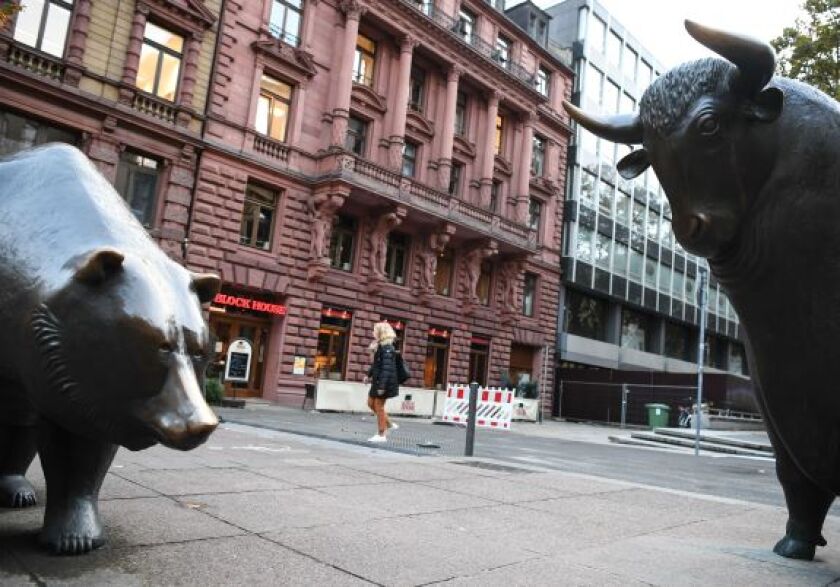Take the situation in the UK. The bull case is that lockdown has led to infection rates plummeting and now the government will detail the exit from restrictions on Monday, February 22. Vaccines are working and everyone understands how to respond to outbreaks of the virus.
The bulls argue that companies will once again flourish in the recovery — inevitable as people socialise, shop and spend again — and as far as markets are concerned, metrics show that UK equities are cheap.
Bears think this bullishness is, well, bull. Their case is that restrictions will only be lifted slowly, and while vaccines’ true effectiveness is unknown, we have anyway given less than a quarter of the population its first jab.
And, the bears argue, even if lockdown is lifted, consumers will be poorer — and fear crowded public spaces, killing consumption.
In this view, central banks are all that keeps asset prices so frothy.
Everyone, it seems, expects one of these extreme outcomes. But the likely outcome is in a muddling middle — something more plodding and sustainable than either a burst bubble or a rocketing recovery.
The official sector is determined to avoid a crash even if its firepower might wane. And, for sure, steps to move out of lockdown might be tentative but more spending is inevitable. Yes, companies and the government will need greater funding, but no, we will not see the panic capital raises of last March.
After 12 months of crisis, let’s enjoy the comparative serenity of the middle ground.

